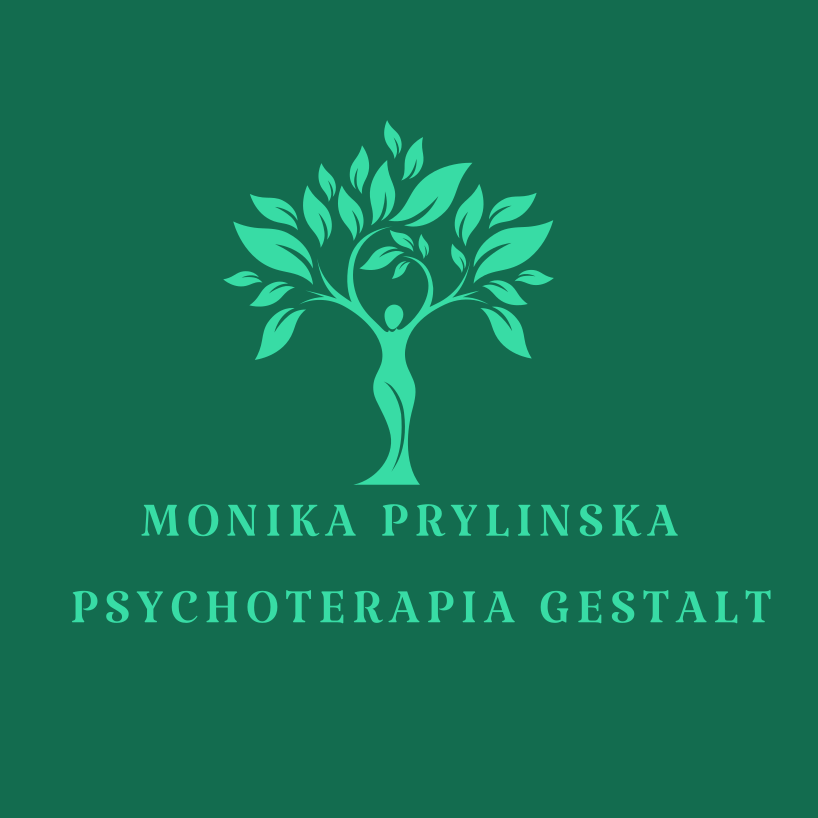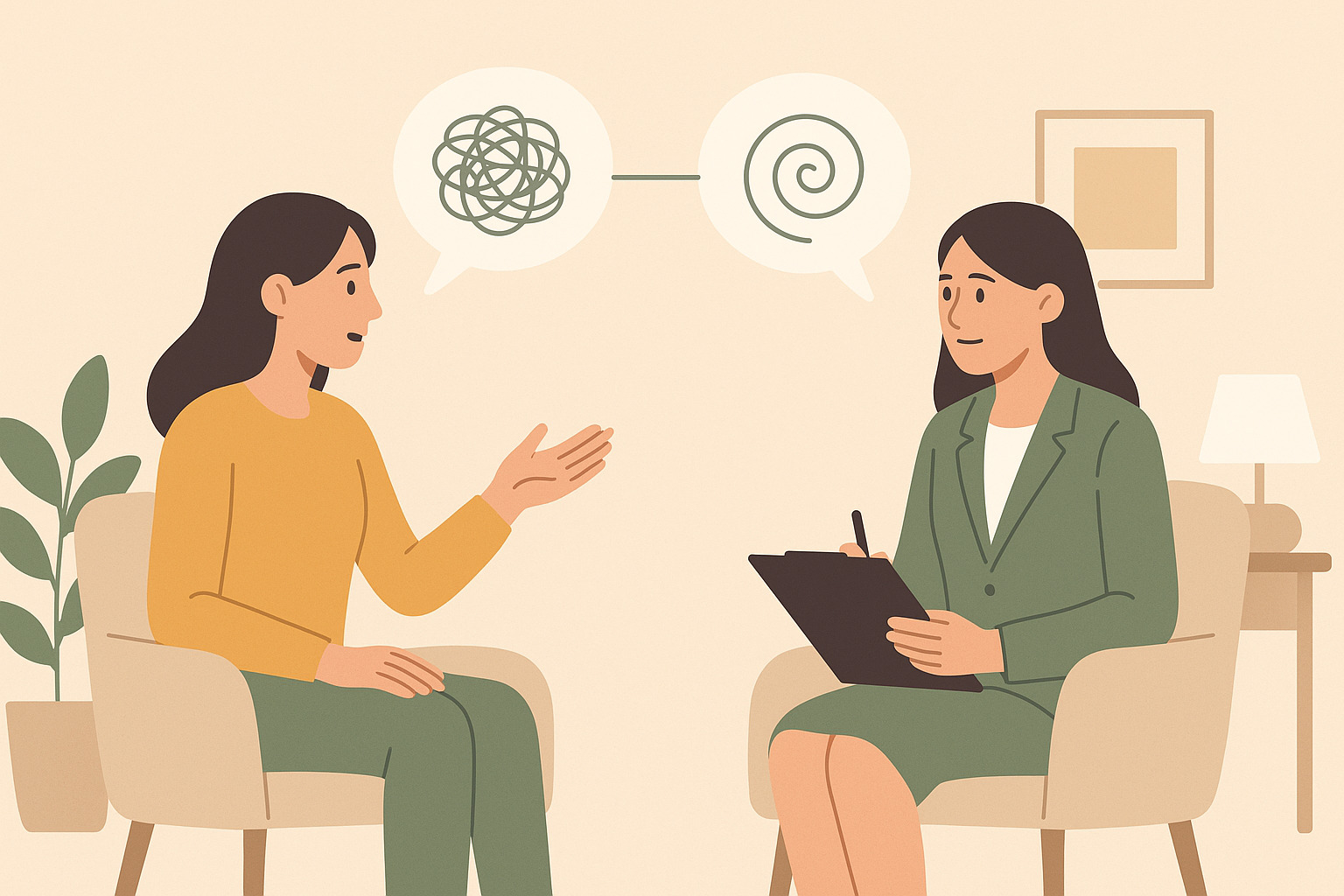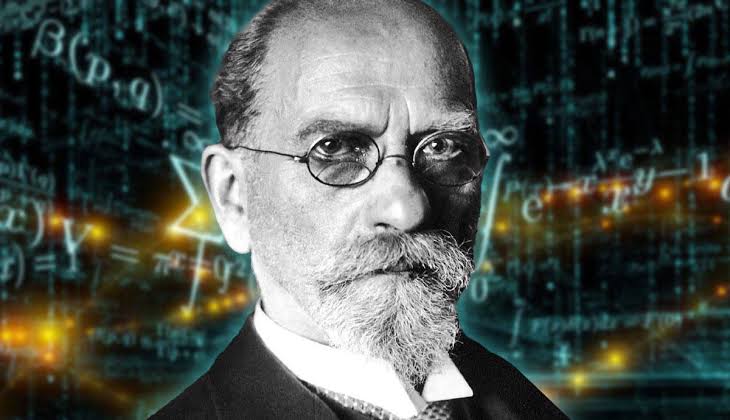The Therapeutic Relationship in Gestalt – What Is It and Why Does It Matter in Therapy?
“The encounter between therapist and patient is a living event, capable of transformation”
(Miriam and Erving Polster: Gestalt Therapy Integrated)
The therapeutic relationship in Gestalt is a dynamic, authentic contact between two people – the client and the therapist – who meet in the “here and now.” Unlike some more directive approaches, Gestalt emphasizes the equality of this relationship. The therapist is not an “expert on the client’s life,” but rather a companion on the journey toward self-awareness, responsibility, and inner understanding.
You might imagine psychotherapy as a train journey taken together. You board the train with the therapist, talk and experience the journey, and at some point, the therapist switches trains. You continue on, strengthened by the experience of being in a good, nourishing relationship – now ready to build other healthy connections. Because it is your journey. You choose where you are going and what happens before you reach your destination.
This relationship is dialogical – which means both sides influence the course of the healing process. The therapist does not hide behind a mask of neutrality; on the contrary, they may share their experience of contact with the client (so-called self-disclosure) if it supports the client’s growth. In this way, the relationship becomes a space of real meeting, which can be both healing and confronting. It becomes a mutual gift of understanding and awareness: who we are in contact with one another and what kind of field we co-create.
The Role of the Relationship in the Psychotherapy Process and Why It Deserves Attention
The therapeutic relationship in Gestalt is a tool for transformation. Often, it is within this relationship that the client first experiences unconditional acceptance, attentiveness, and authenticity. This can be a corrective experience, especially compared to earlier difficult relationships – with parents, partners, or authority figures.
A close relationship with the therapist allows the client to explore difficult emotions, experiences, and beliefs in a safe space. It creates an opportunity to observe how they function in contact with others, what defense mechanisms they use, how they avoid closeness, or seek approval. The therapist, as both mirror and participant in the relationship, can gently yet firmly point out these patterns, helping the client become aware of and potentially change them.
Gestalt therapy isn’t about “solving problems” but rather deepening self-awareness – including through the relationship itself. That’s why it’s worth paying attention to how the bond is formed, how we respond to others, how we withdraw or engage. All these dynamics are part of the therapeutic process between client and therapist.
How Is the Therapeutic Relationship Different from Other Relationships?
Although it resembles other interpersonal relationships – being based on trust, openness, and authentic contact – the therapeutic relationship has several key differences:
Boundaries and Structure:
The relationship has clear boundaries – time, space, confidentiality, therapist’s role. These provide a sense of safety and predictability.
One-Sided Purpose:
Its goal is the client’s growth and well-being. The therapist does not satisfy personal emotional needs and expects no reciprocity or personal gain.
Process Awareness:
The therapist continuously observes what’s happening in the relationship – emotionally and behaviorally. They are sensitive to blocks, projections, or anything interfering with contact.
Corrective Function
The relationship can be healing – especially when it contrasts with past difficult ones. Experiencing empathy, presence, and acceptance can be deeply transformative, and the desire for contact becomes a valuable resource for the future.
How Is the Therapeutic Relationship Built in Gestalt?
Building a good therapeutic relationship in Gestalt relies on several key principles:
Presence and Awareness
The Gestalt therapist is present in the “here and now,” aware of what’s happening with the client and themselves in the relationship. This helps them understand where the client is in terms of contact – approaching, withdrawing, resisting, or open.
Authenticity
The therapist doesn’t play a role or hide behind a professional mask. They are themselves and share their experience thoughtfully and in support of the process. This authenticity encourages the client to be themselves and shows that closeness need not be threatening. The bond between client and therapist becomes a real experience, and the sessions – a meeting with another human being.
Empathy and Acceptance
The client needs to feel seen and accepted as they are. This doesn’t mean the therapist always agrees with them – but they strive to understand the client’s perspective and stay in nonjudgmental contact.
Boundary Contact
The therapeutic relationship in Gestalt is not only about togetherness but also about setting limits. The therapist helps the client notice when they give up on themselves for contact or withdraw out of fear of closeness.
Field Awareness
Gestalt is based on field theory – meaning the relationship doesn’t happen in a vacuum but is co-created by both individuals and their context. What emerges between therapist and client during sessions often says more about the client than what they verbally share about themselves.
Conclusion
In Gestalt, the therapeutic relationship isn’t a background element – it’s the heart of the work. It is the space in which the client can experience themselves in contact with another person: attentive, authentic, supportive, yet also challenging. This kind of relationship not only helps process difficult emotions and patterns but also builds healthier relational habits in daily life.
In a world where many relationships are superficial, distorted, or inconsistent, the therapeutic relationship in Gestalt may be the first encounter with real, transformative contact. That is why it matters so deeply – influencing how we connect with others and how we live going forward, both as clients and as therapists.
Other posts:





